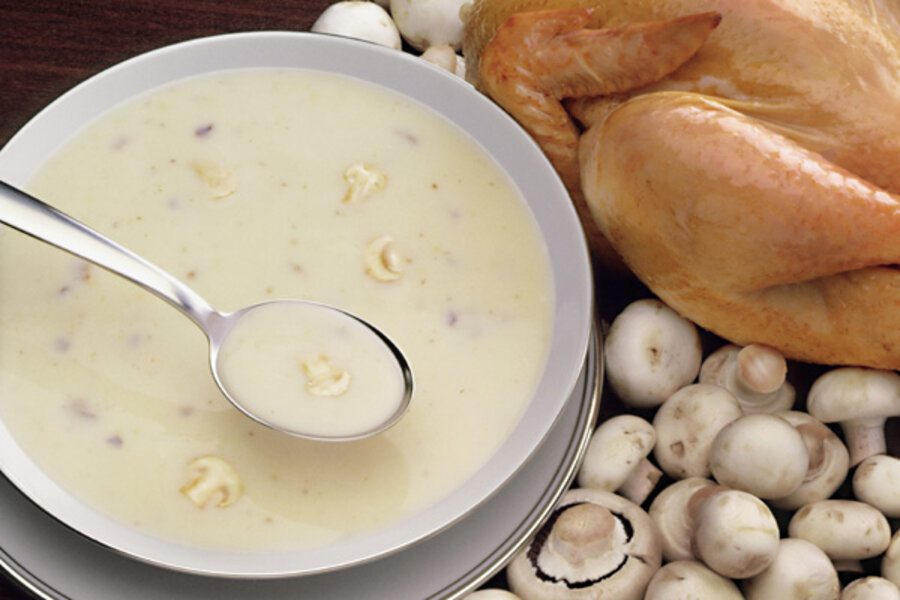Making your own chicken stock: Worth the savings?
Loading...
Saving Pennies or Dollars is a new semi-regular series on The Simple Dollar, inspired by a great discussion on The Simple Dollar’s Facebook page concerning frugal tactics that might not really save that much money. I’m going to take some of the scenarios described by the readers there and try to break down the numbers to see if the savings is really worth the time invested.
Kate writes in: I love to cook, and one of my favorite things to make from scratch is chicken stock. I know making it yourself saves money, but I would love for you to go over how much it actually saves. If you’d like to factor it in, I also save vegetable scraps (carrot peels, potato skins, vegetables in the fridge that are starting to look a bit mushy) and chicken bones when I cook and freeze them, so it cuts down on the amount of vegetables and chicken I have to buy to make the stock. That might be a tip to pass along to readers, apparently this is something only I do among people I know who like to cook, and it has spread since.
We sometimes make stock ourselves out of leftover vegetables. Before we made the switch to being vegetarian, we also used to make stock out of chicken bones and spare vegetables, much as you describe.
Typically, we make about four quarts of stock at a time. We use our crock pot for this and simply dump in about two or three quarts of various kinds of scraps, fill up the crock pot with water, turn it on low, and let it cook gently for several hours. When it’s complete, we simply strain the liquid and store it in quart-sized containers in the freezer.
Our crock pot runs at about 100 watts, so we use roughly $0.12 of energy when making a batch of stock. This adds about $0.03 per quart for energy. The amount of water used is negligible.
At the store, I can easily find (somewhat) comparable stocks for approximately $3 per quart. This means that my crock pot produces about $12 worth of stock at the store price. There’s also the option of buying broth, which is thinner and a bit less flavorful, at a lower price ($1.50 or so a quart).
The value of the stock really comes down to the cost of the ingredients that you use to make it. If you use nothing but the scraps left behind by other meals and view homemade stock as a “bonus” of sorts, stock is incredibly cheap and an enormous bargain.
The question of value comes into play when you start looking at actually buying things to supplement the stock. It doesn’t take a whole lot of purchases to add up to the value of the stock itself, so you have to be very careful when making purchases.
For example, if you’re making chicken stock and purchase a whole chicken, you’re sinking $6 into the stock (ideally, you can still use the chicken for other purposes here, but not always). If you buy even a few vegetables to go along with it, you’re quickly approaching the cost of just buying stock at the store.
For me, given the extra time invested and the cost of the ingredients, stock is really only worth it when you’re using scraps, such as leftover vegetable pieces and/or bones.
Our method for accumulating these scraps is to simply save the uneaten and unused remnants of meals. For example, if we cook too many green beans, we’ll toss the remainder into our “scrap bag” in the freezer with the intent to use it someday for stock. When we reach a certain amount (usually a few quarts), we use it as the basis for vegetable stock.
Another possible option for making stock occurs if you have a free source for the needed ingredients. For example, if you’re facing an overabundance of garden vegetables, you might want to make some vegetable stock using some of them. If you’ve suddenly acquired a large amount of chicken or beef for free or for a very low price, you may want to use some of the meat for stock.
Stock is simply an effective way of using materials that don’t have a direct food use without these items going to waste. Using items directly for stock isn’t a big money saver, but using items indirectly for stock in the form of scraps can indeed save dollars.





